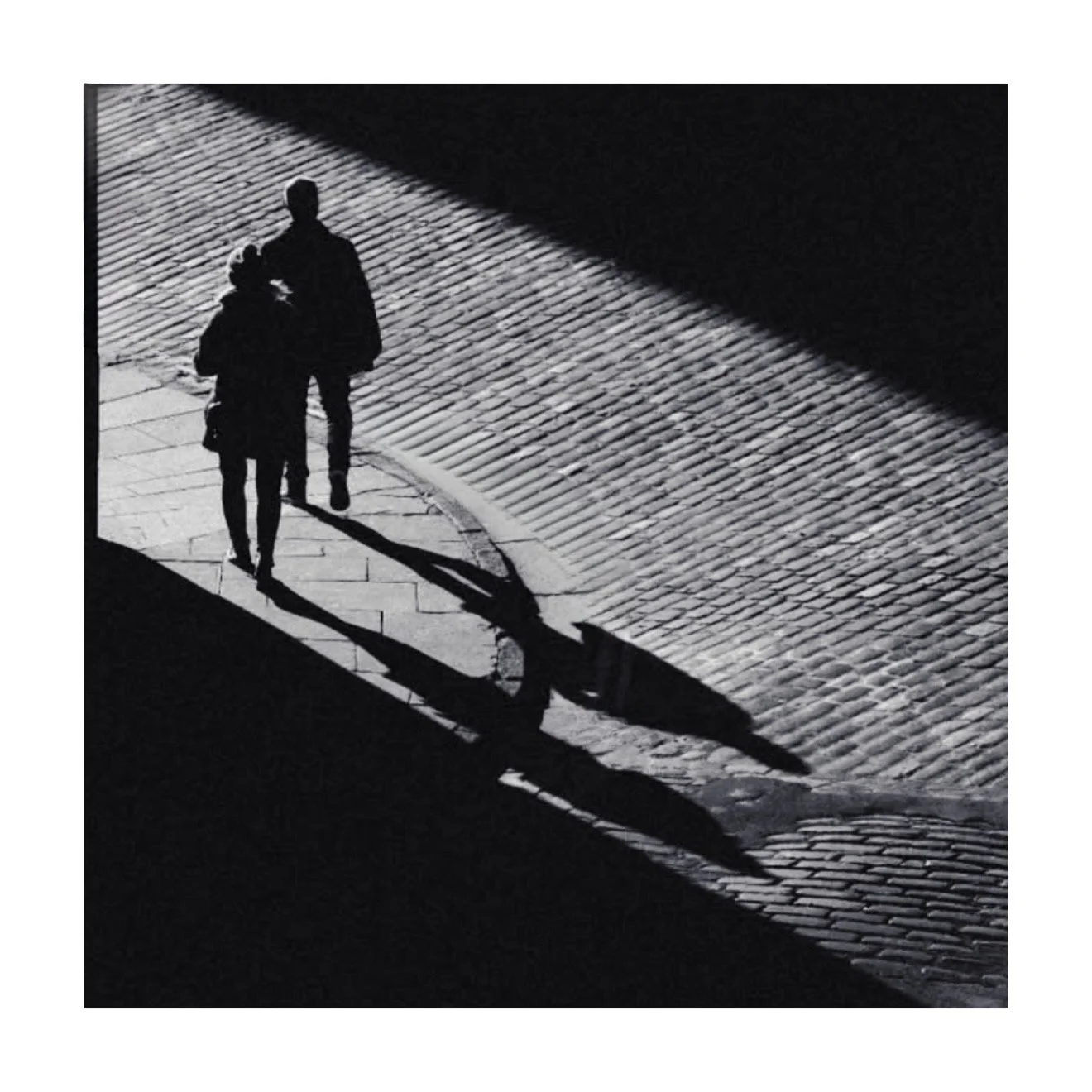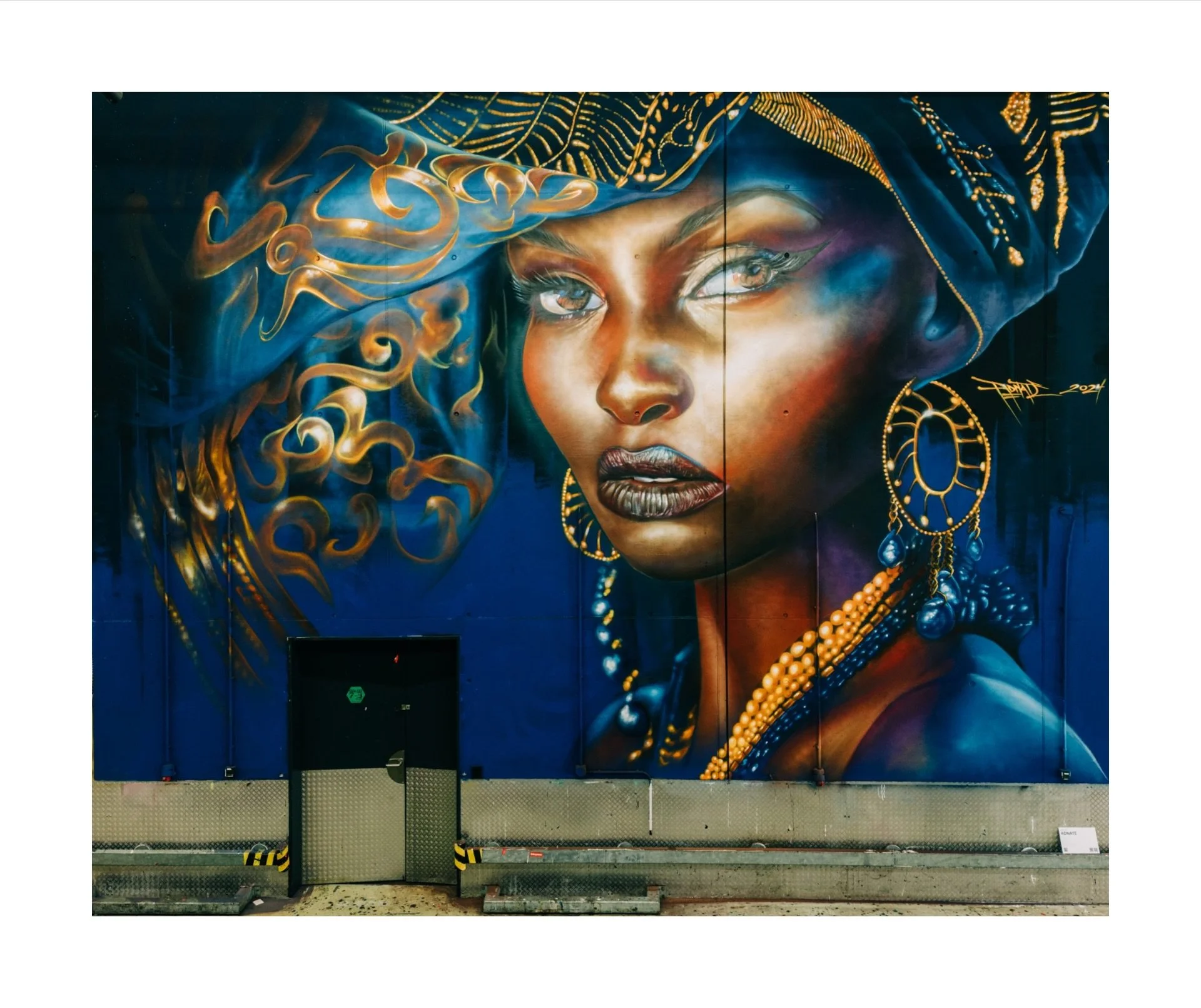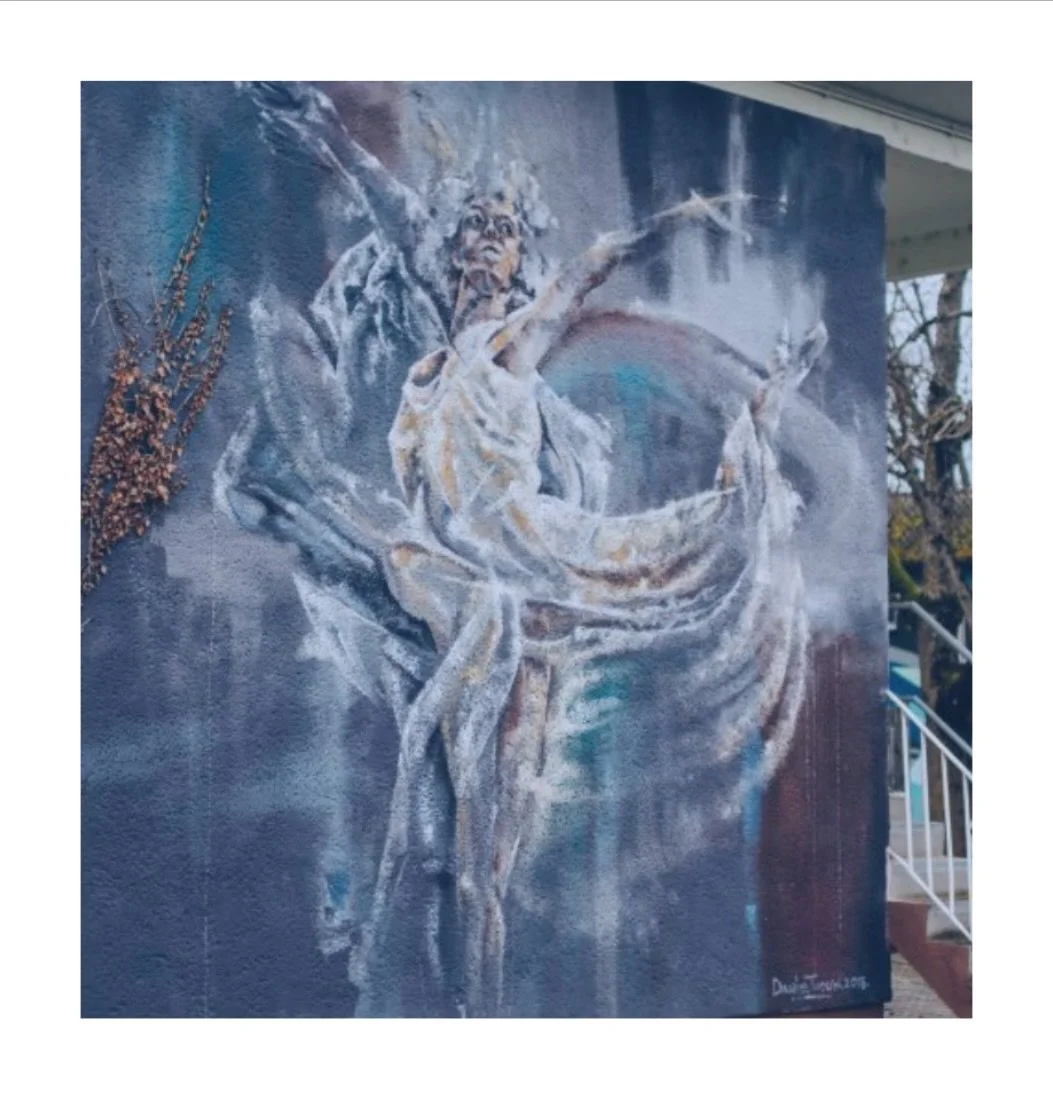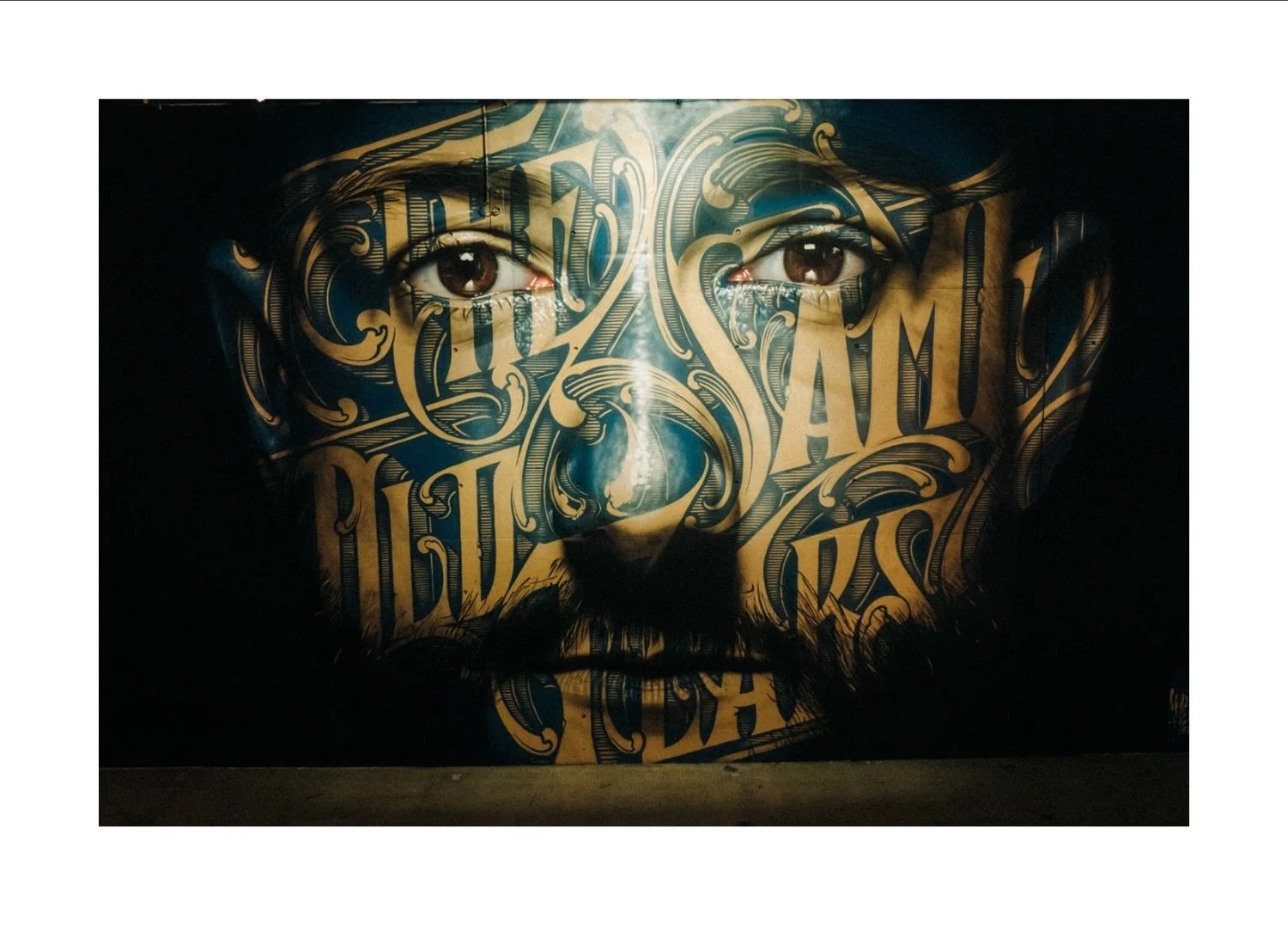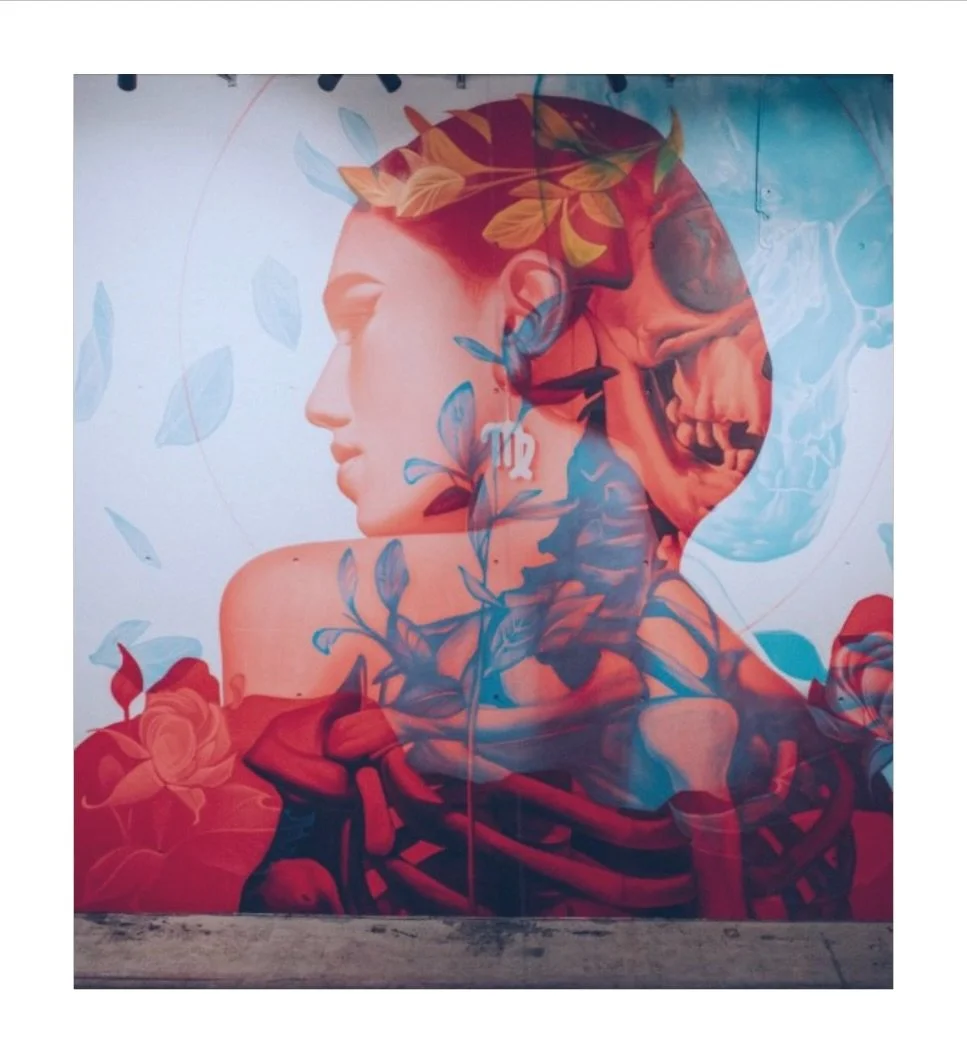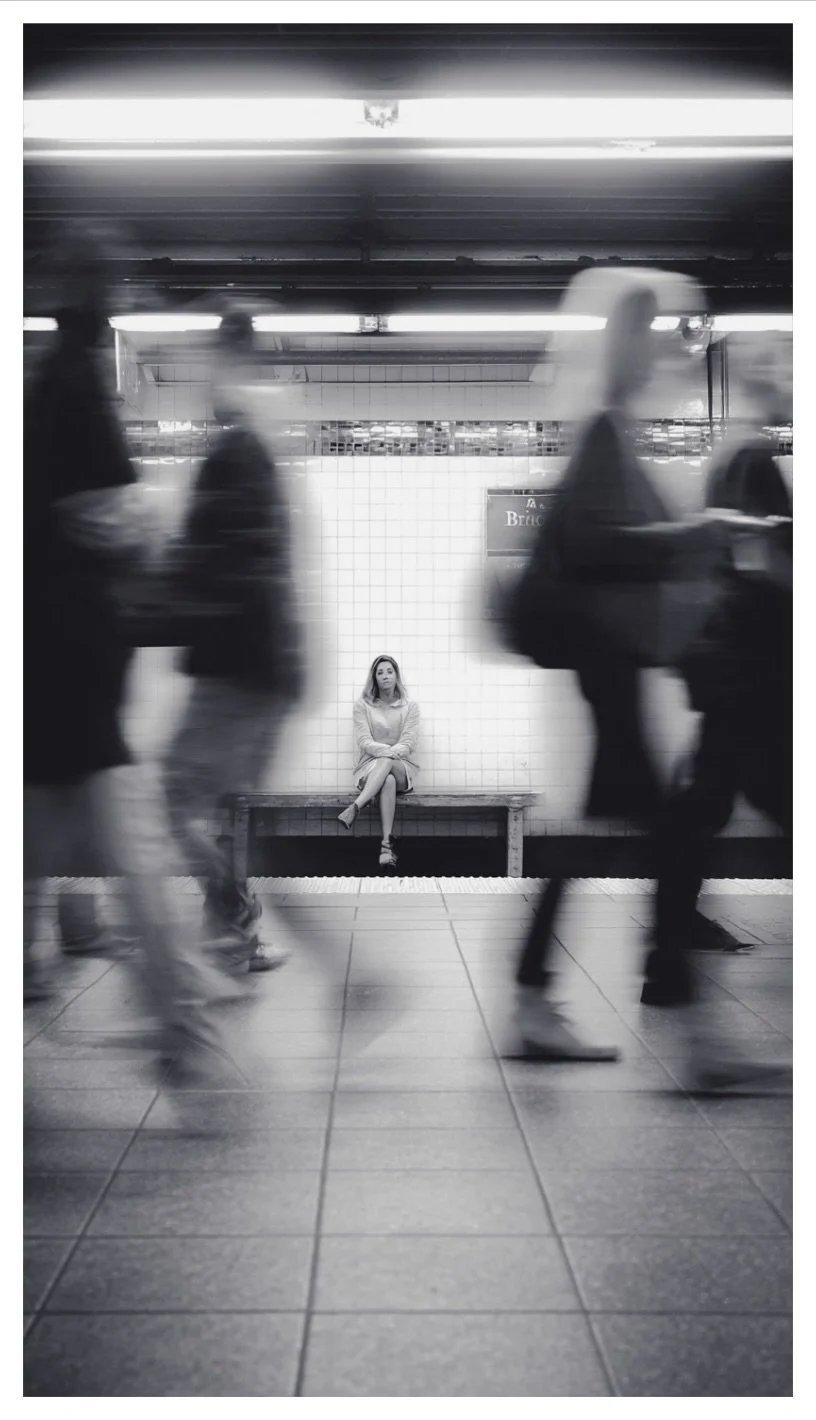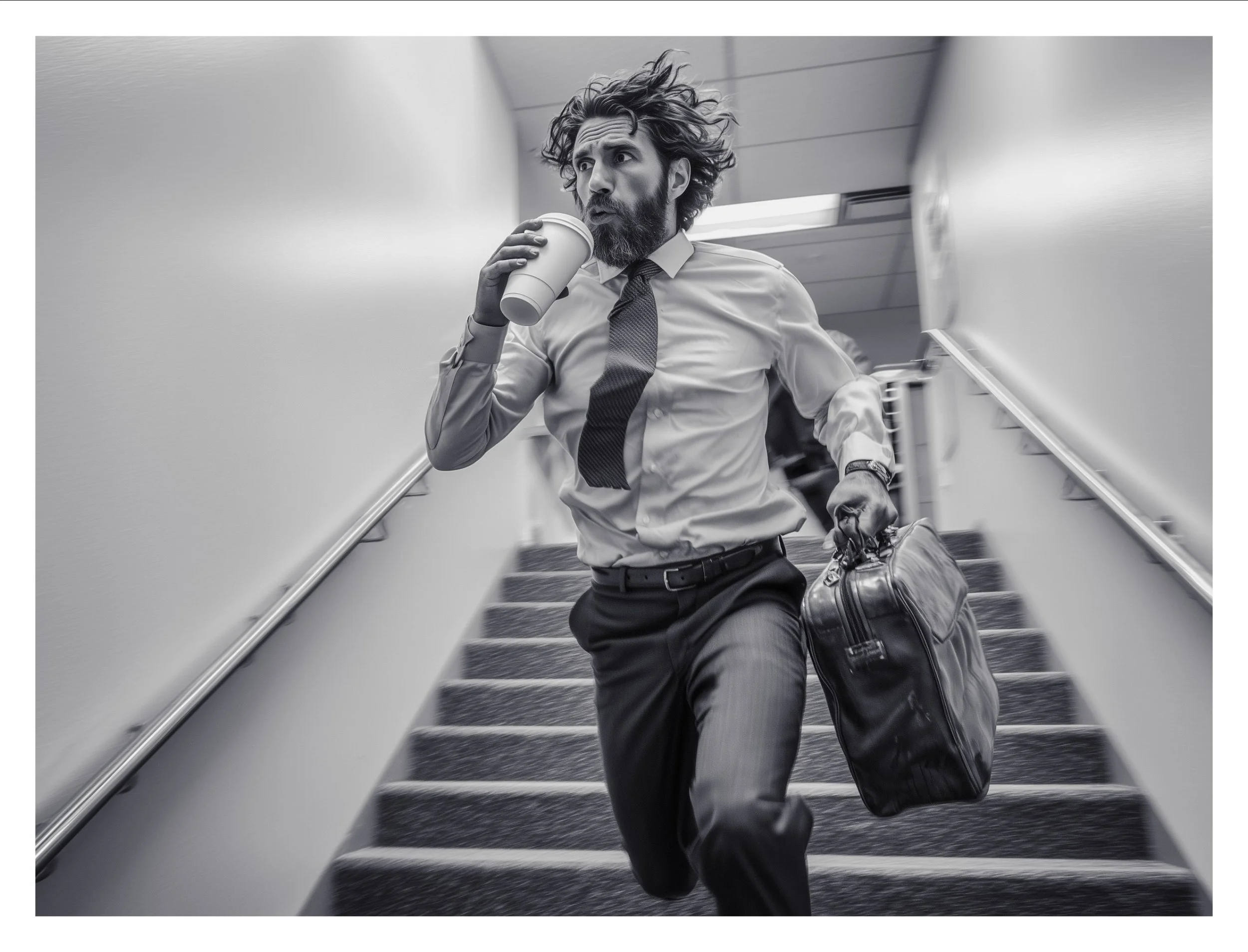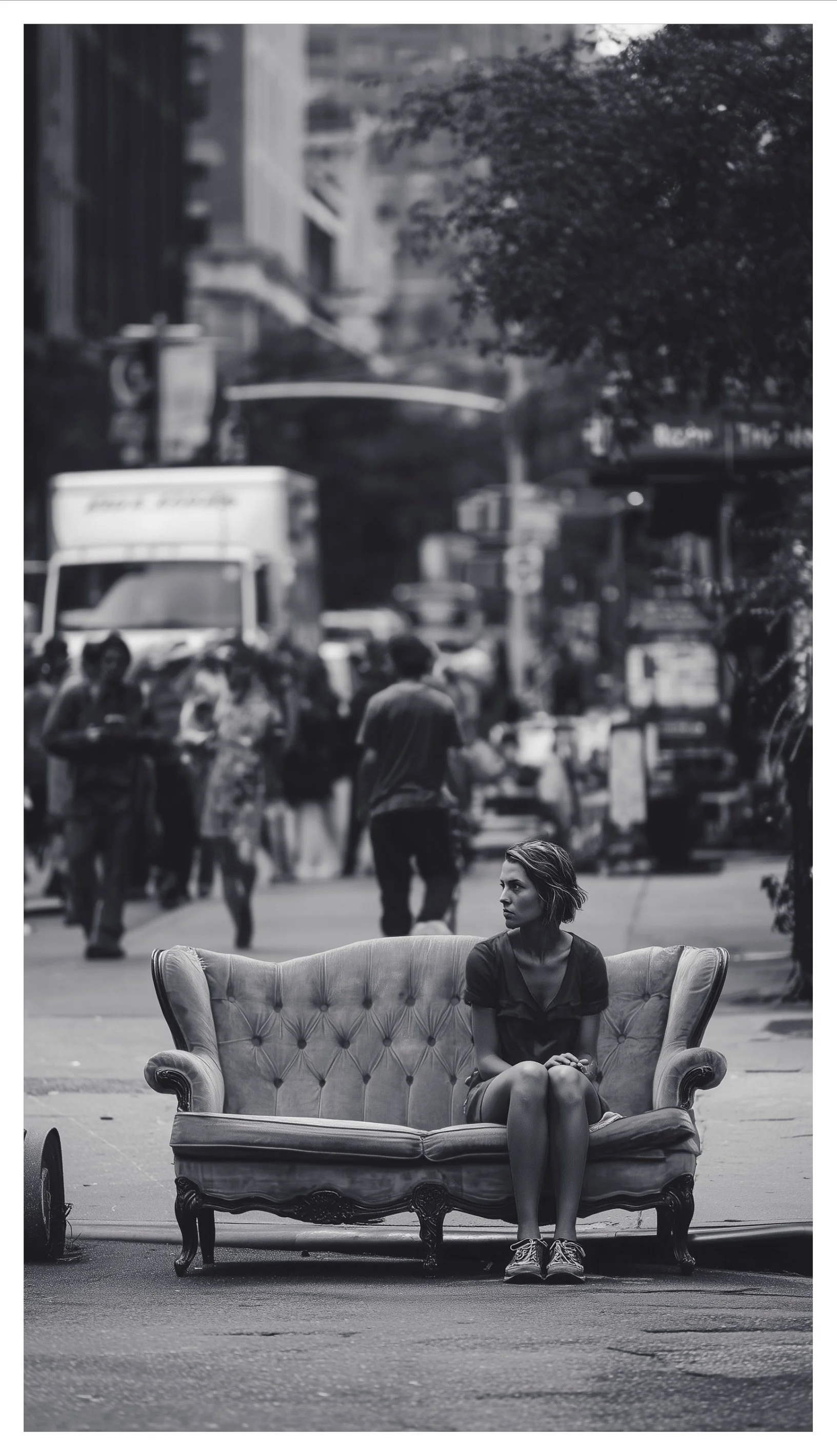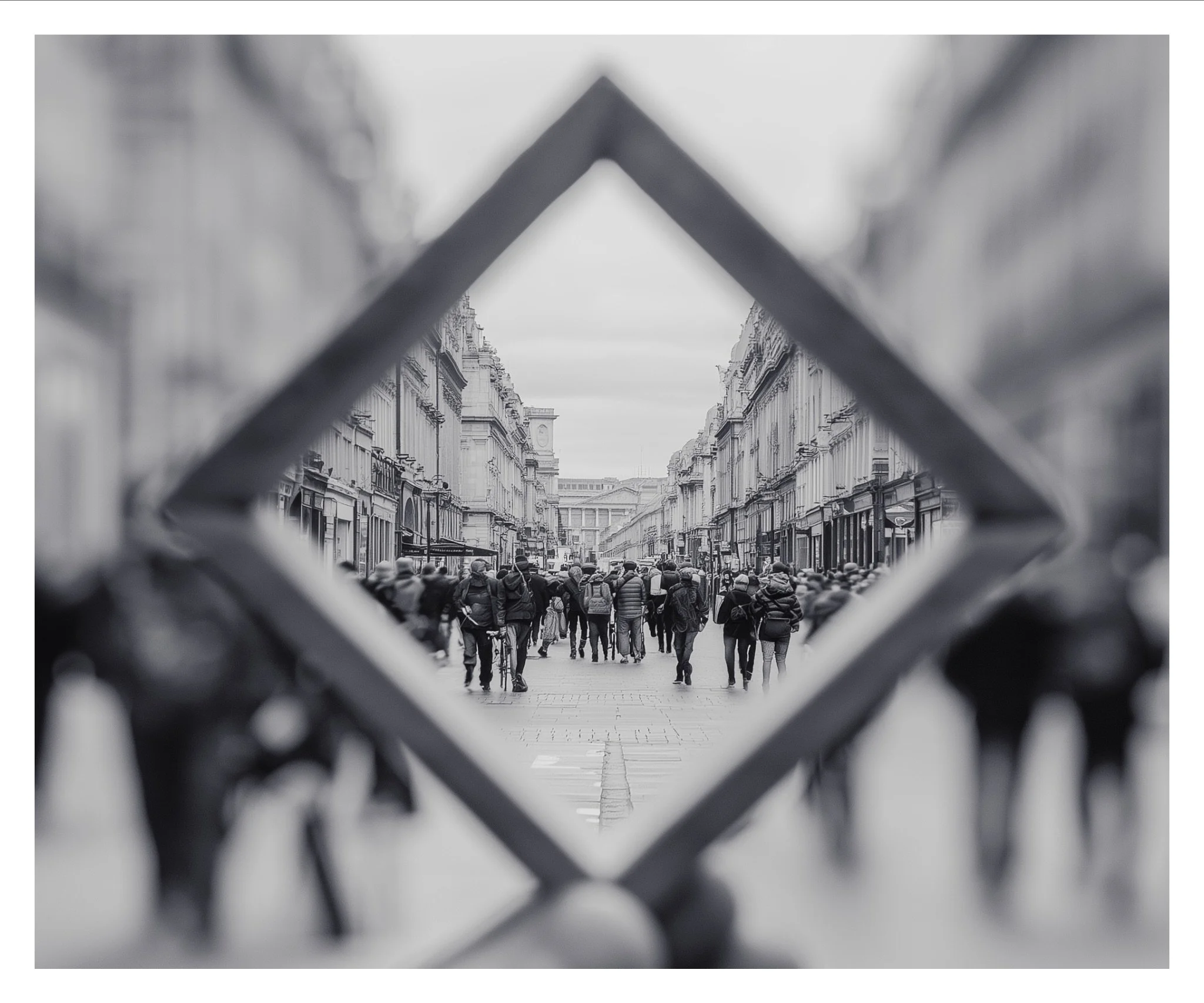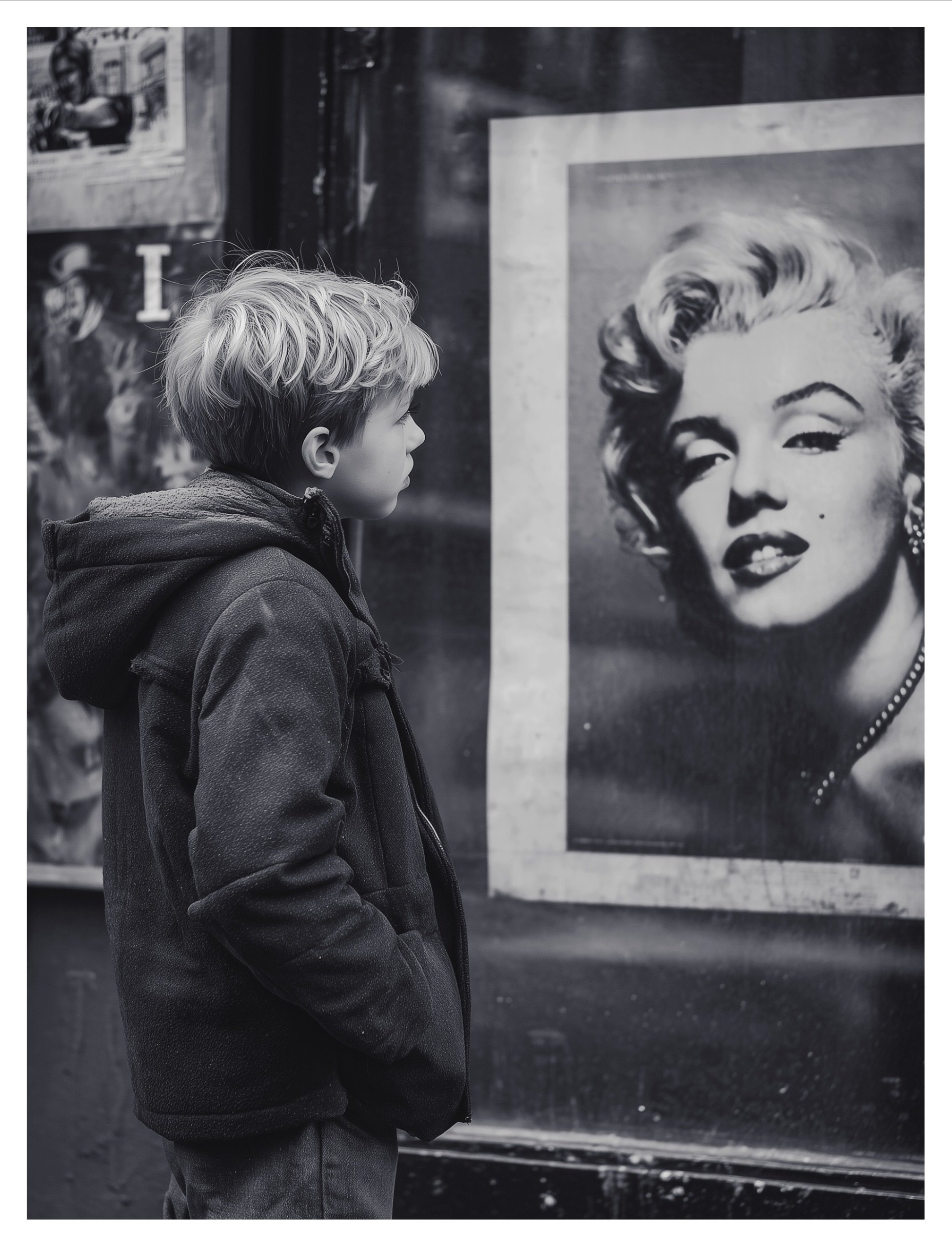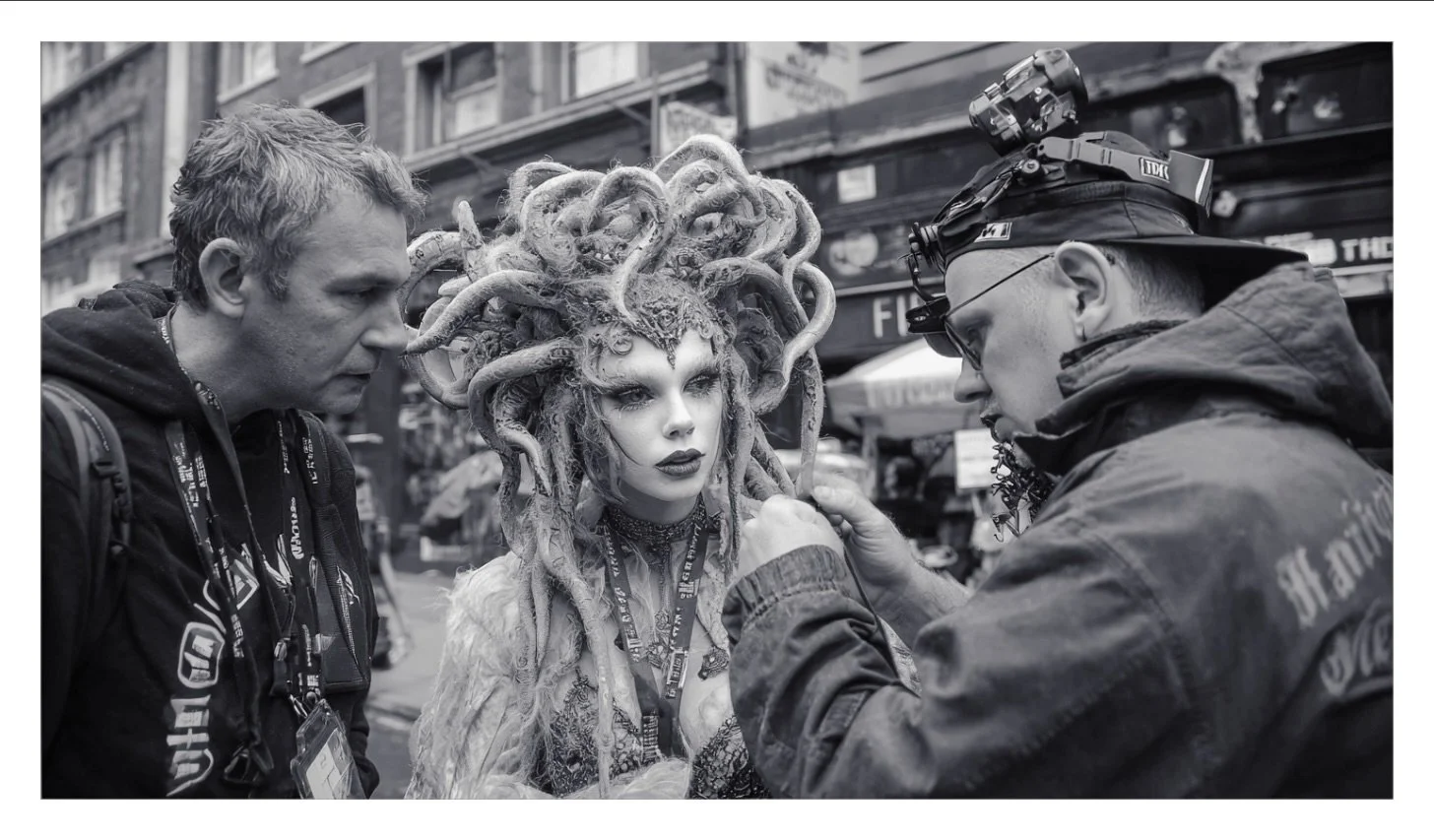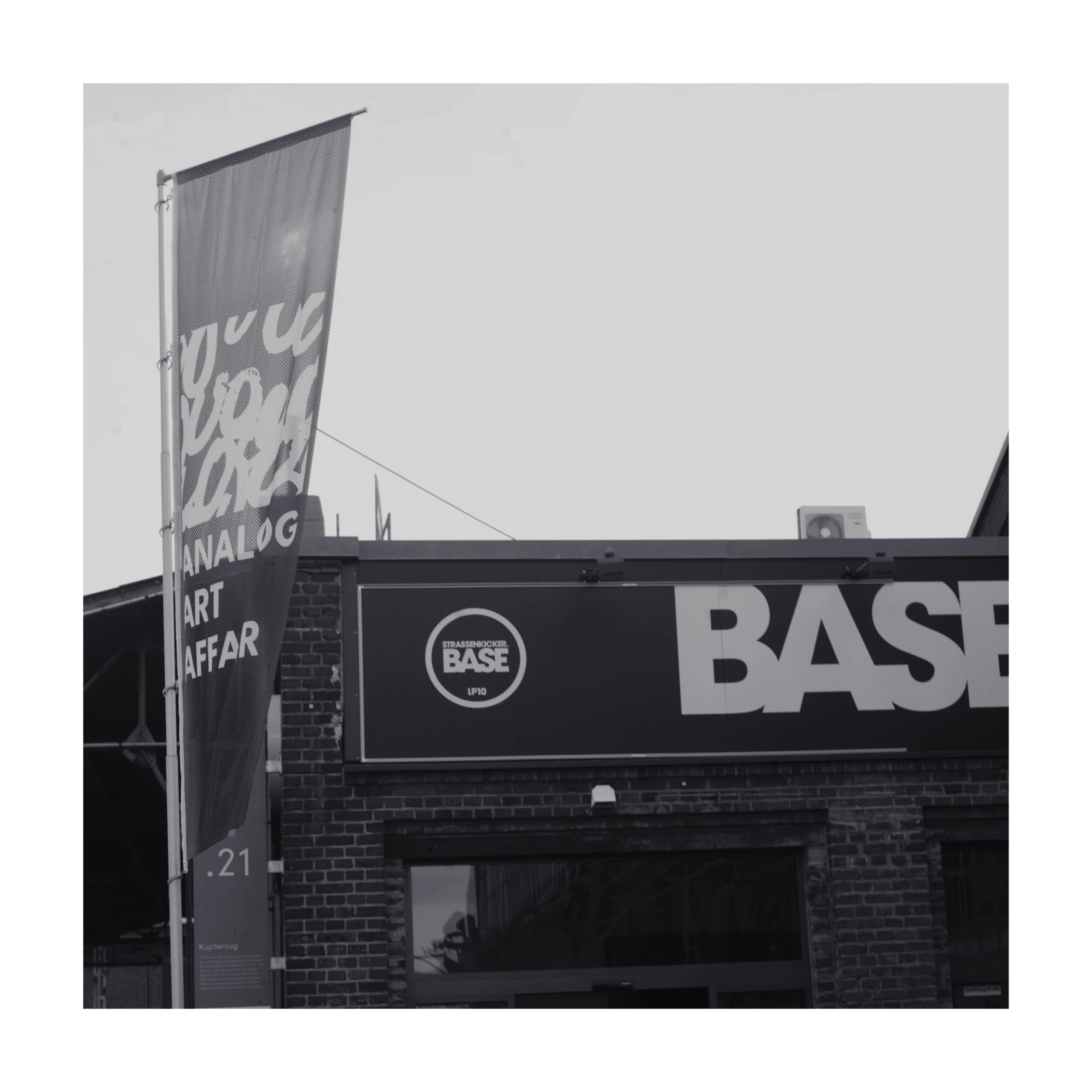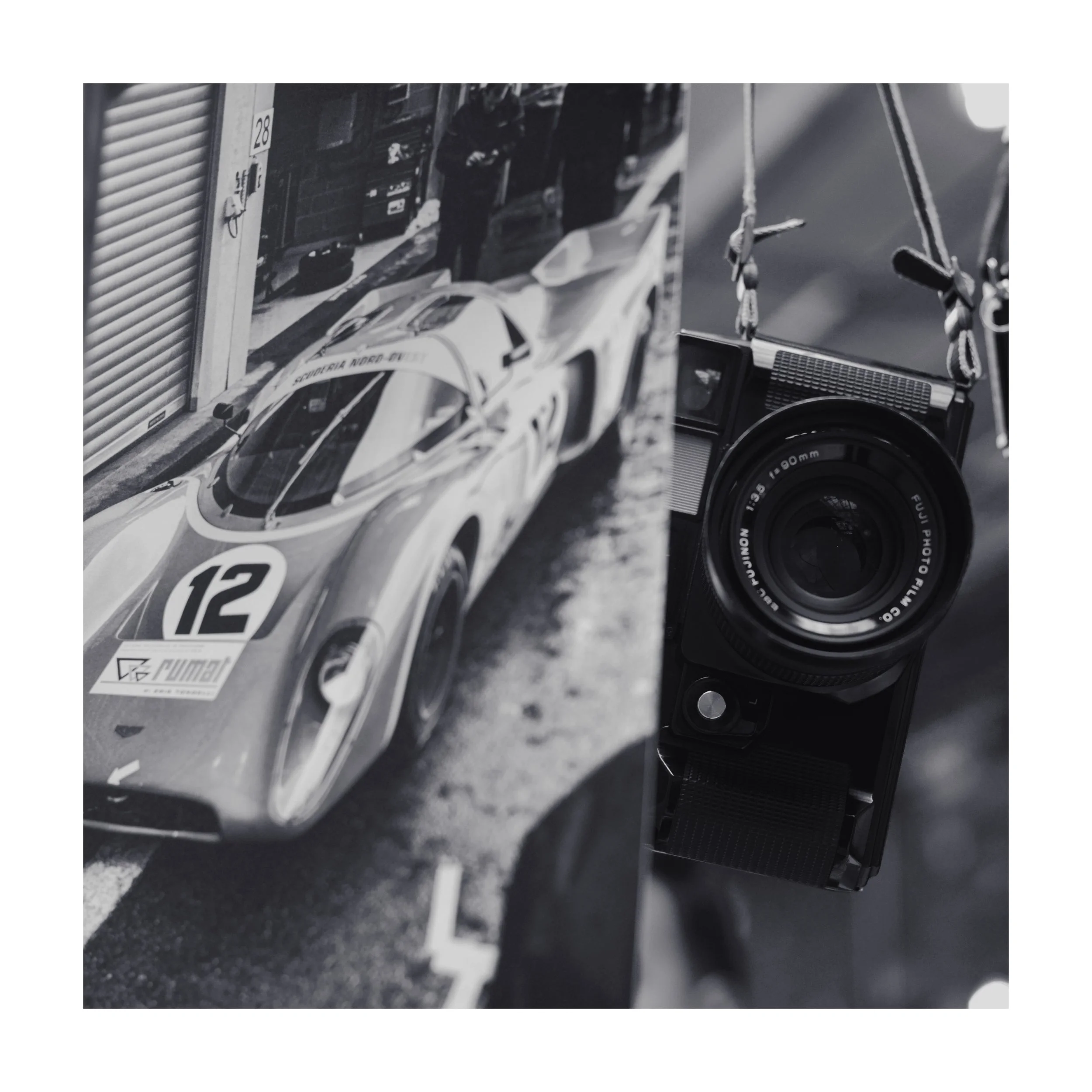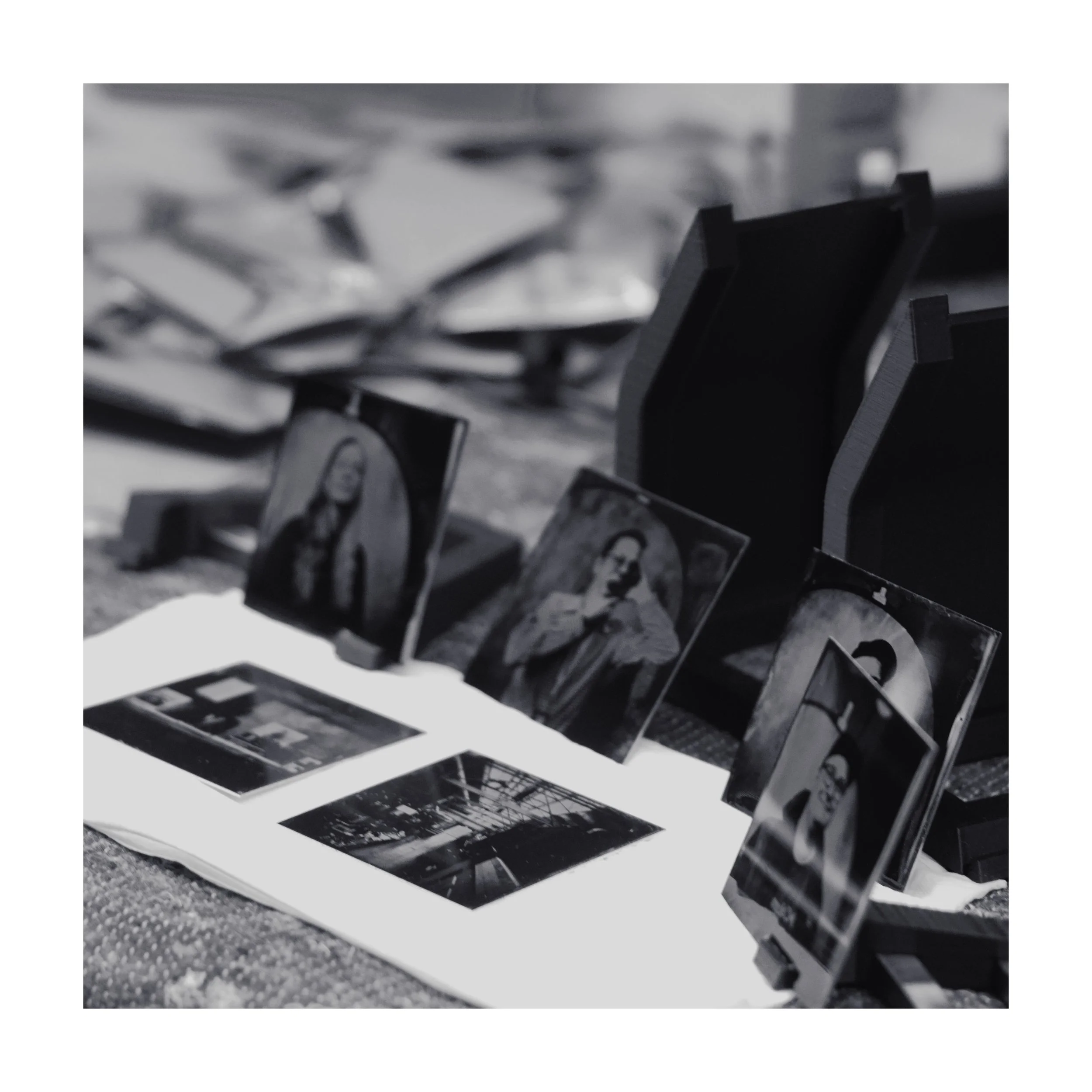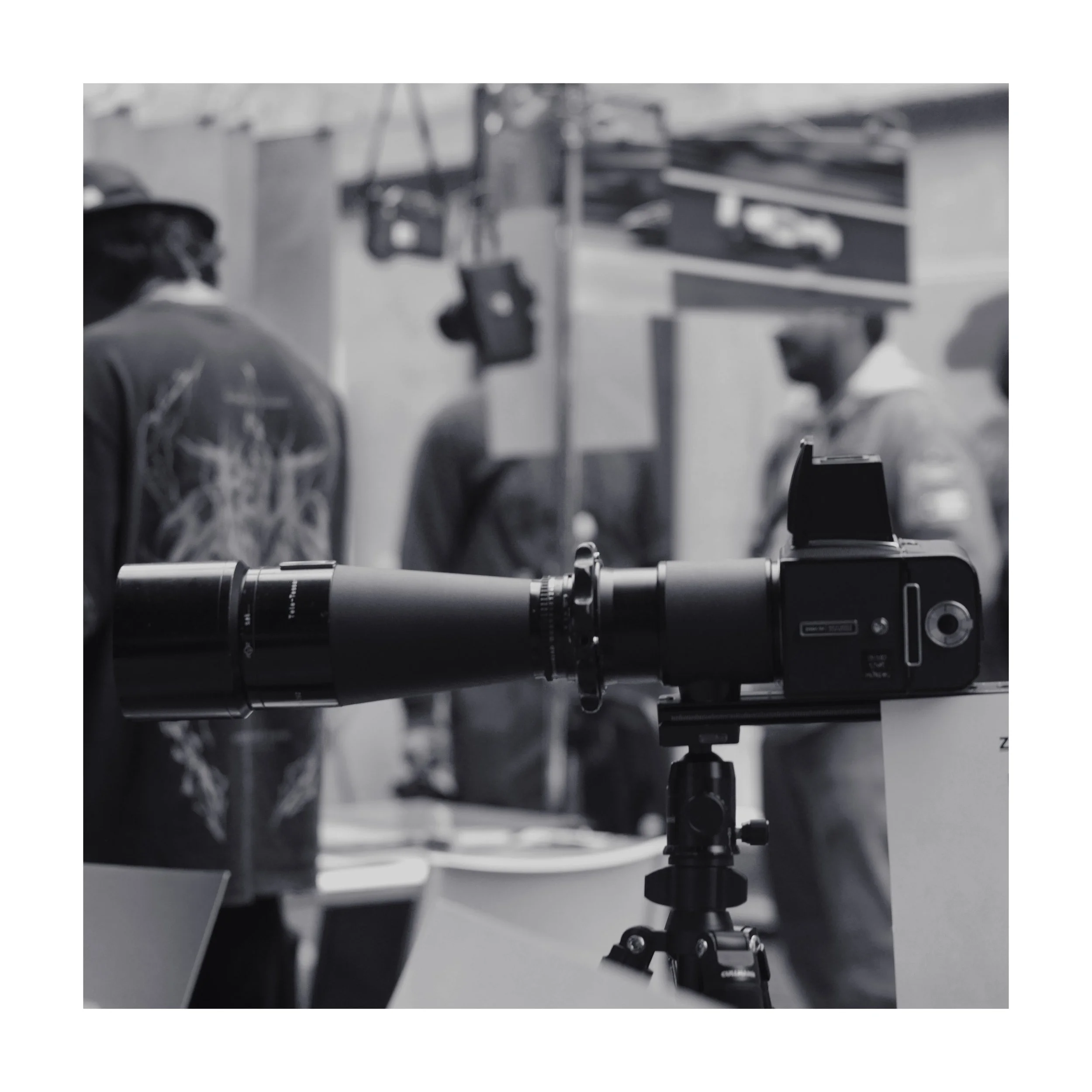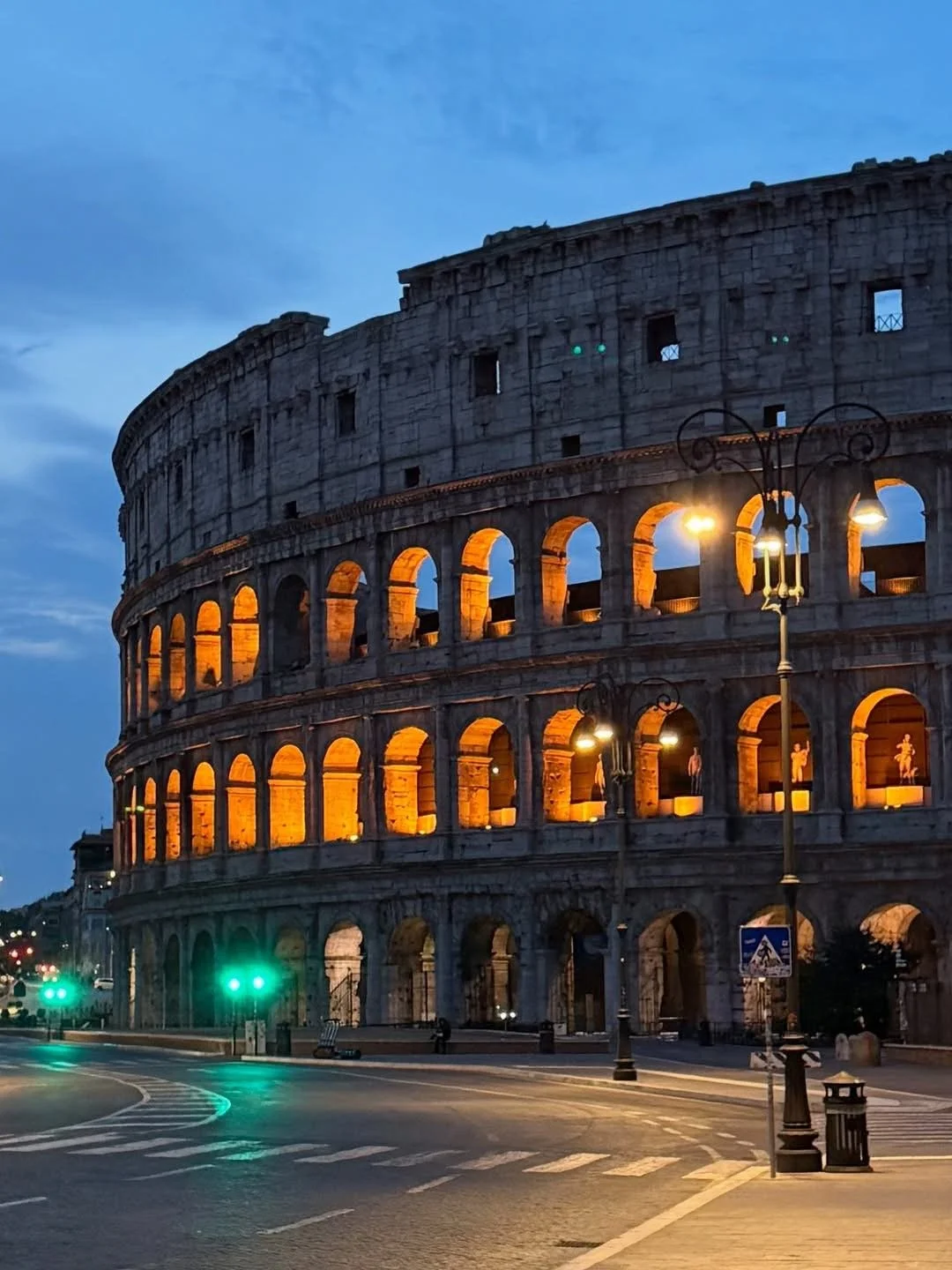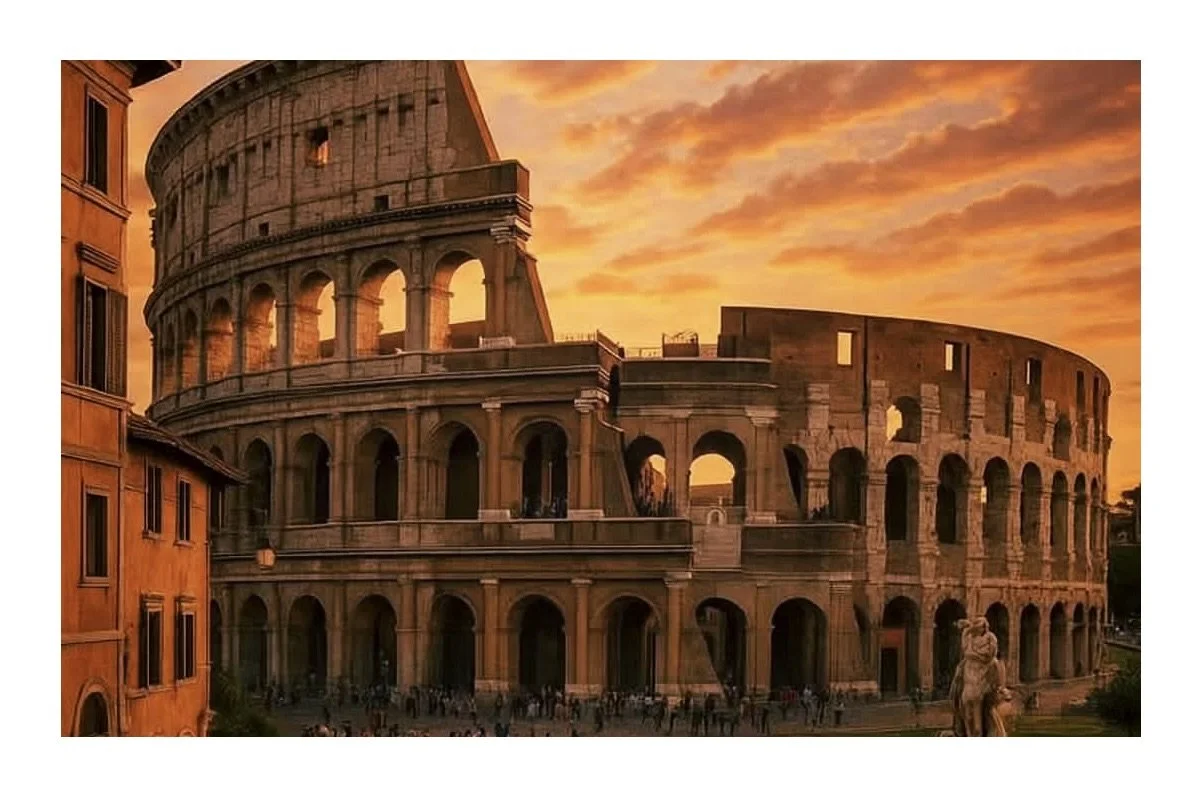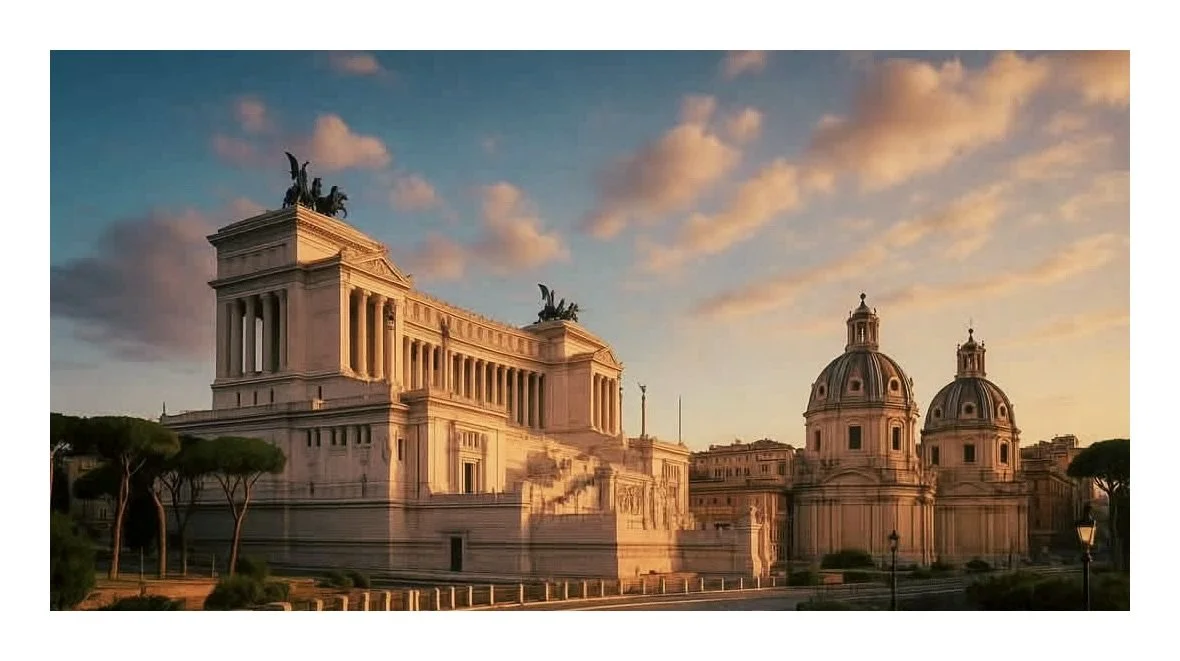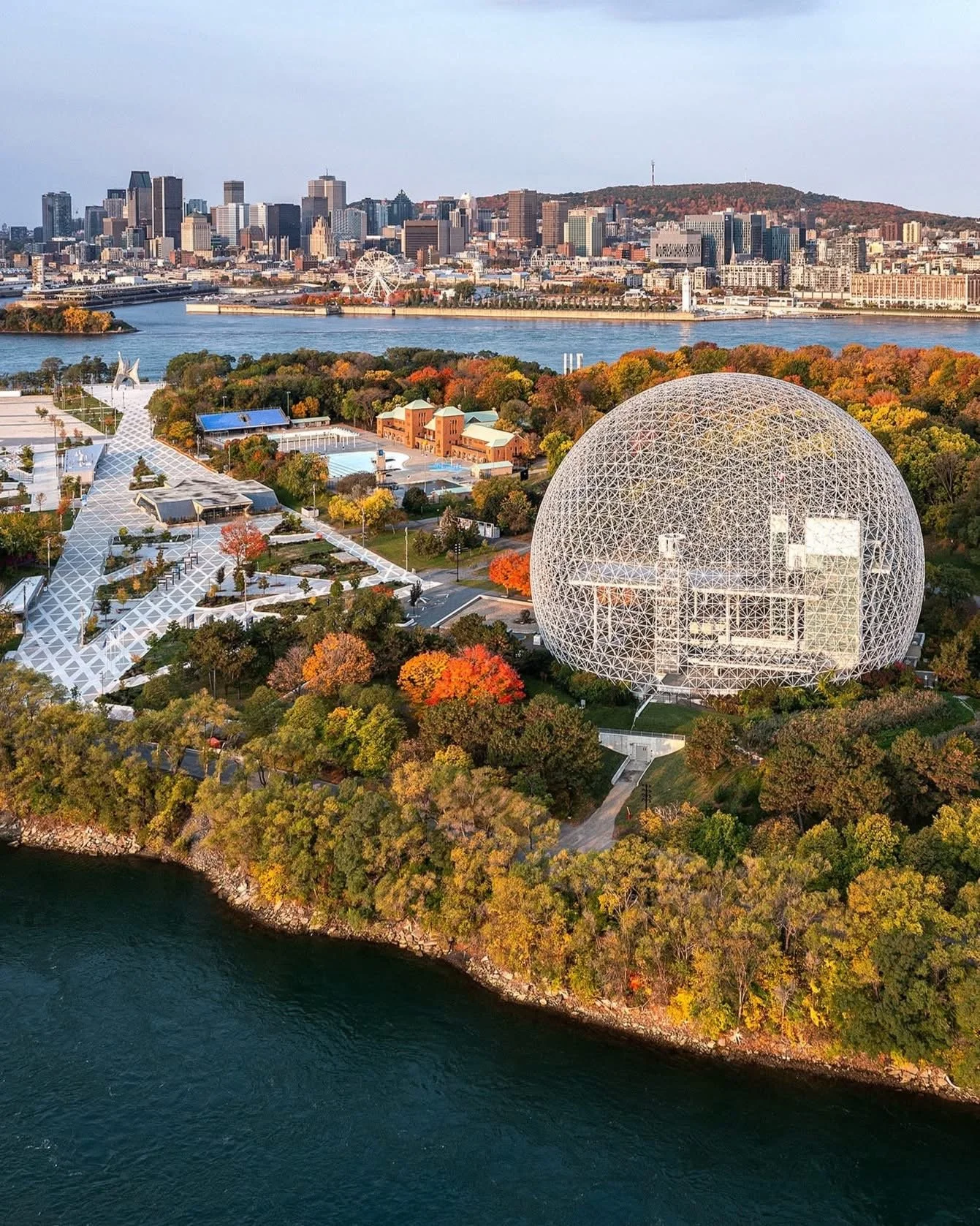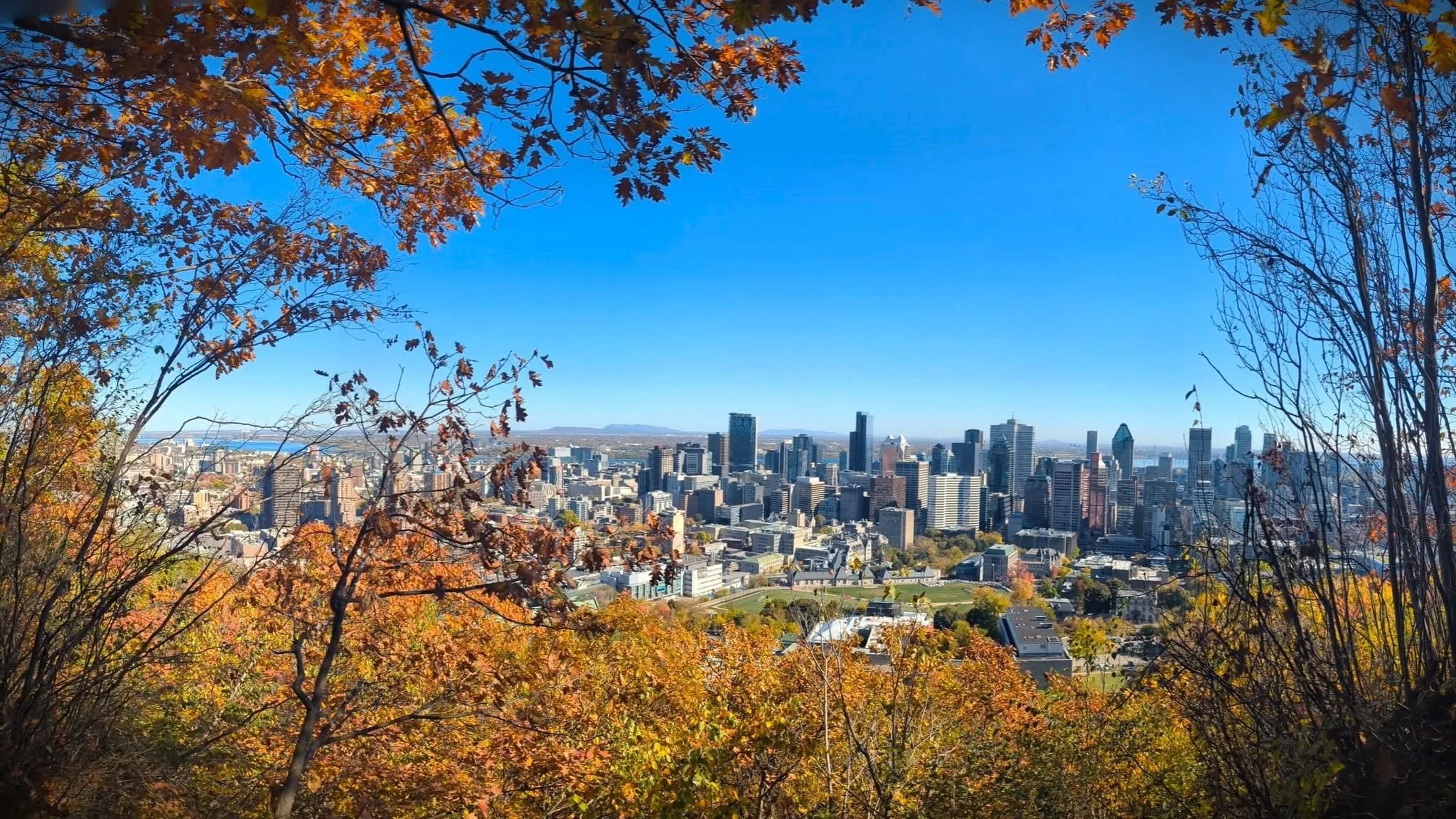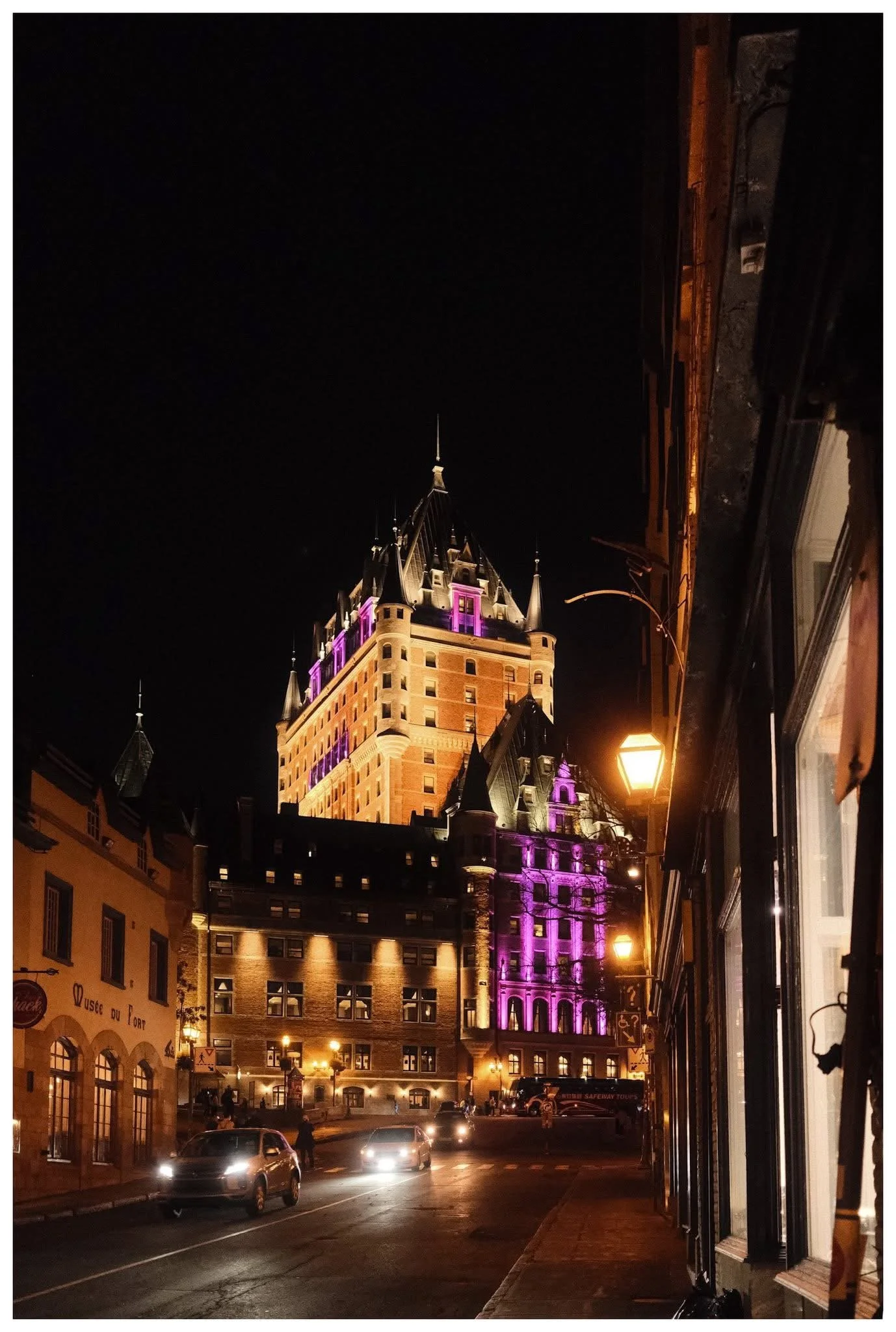A Guide to Photographing Rome
with a Leica Q43 and a Hasselblad 500 C/M in 18 Glorious Days (and One Slightly Soggy One)
Let’s be honest: photographing Rome is a delightful mixture of divine light, ancient stone, and tourists who insist on standing exactly where you want to shoot. Luckily, you came armed — not just with two iconic cameras, but also with the patience of a monk and the timeless wisdom of someone who knows that the only real way to avoid crowds is to wake up at an hour so early that even the pigeons haven’t clocked in yet.
Here is your guide to making images in Rome without losing your sanity or punching a selfie stick.
1. Wake Up Ridiculously Early (Earlier Than Reasonable)
If the sun hasn’t risen yet, you’re on the right track.
If the street cleaners still rule the streets, even better.
If you begin to question your life choices: perfetto — Rome is yours.
This is the hour when:
The Trevi Fountain is empty (except for one confused jogger).
The Spanish Steps whisper instead of scream.
The Pantheon is yours alone, like it’s 120 AD and you accidentally invented time travel.
The Leica Q43 will reward you with crisp morning glow.
The Hasselblad 500 C/M will reward you with shots that look like they were taken by God’s personal medium-format assistant.
2. The Magic of Late Evenings: Rome’s Golden Hour Glow-Up
When the sun is low and the crowds drift toward their eighth gelato of the day, your time begins.
The city glows, your Hasselblad sighs in contentment, and your Leica pretends to be subtle while capturing everything.
Night in Rome is forgiving — shadows dance on the cobblestones, the marble turns warm, and people simply disappear into trattorias.
Go out late. Stay out later.
Rome rewards nocturnal photographers with scenes that feel stolen.
3. Disaster Day: The Single Rainy Day
You had 18 days of good weather and one day of rain — which honestly feels like cheating.
On the rain day:
Reflections in puddles suddenly scream “artsy.”
The Hasselblad becomes moody and dramatic, like a Scandinavian poet.
The Leica becomes slippery but heroic.
Bonus: Romans disappear indoors, leaving you with misty alleys and marble that shines like polished pasta.
4. Avoid Tourist Crowds by Going Where Tourists Aren’t
Here’s the secret: tourists travel in predictable herds.
Like pigeons. But louder.
Avoid them by:
Going out early (again).
Going out late (still true).
Photographing side streets where laundry hangs like art installations.
Shooting around corners of major monuments instead of the monuments themselves.
Finding that one alley behind Campo de’ Fiori where the light hits like a Renaissance painting and no one notices because they’re all hunting for pizza.
If someone steps into your frame anyway, accept it as “adding narrative to the scene” instead of “ruining your composition.”
5. Handling the Hasselblad: A Public Performance
The 500 C/M is not just a camera — it’s a magnet for comments like:
Hold it with pride.
Look into the waist-level finder with philosophical seriousness.
Pretend the image you’re seeing could change Western art history.
The Hasselblad turns you into a walking museum piece — and ironically, that’s exactly what you want in Rome.
6. The Leica Q43: The Silent Assassin
While the Hassy is busy stealing the spotlight, the Leica quietly does the job.
Quick autofocus, elegant discretion, and the ability to shoot before anyone notices you exist.
Perfect for:
The Leica is your ninja.
The Hasselblad is your opera singer.
Use both accordingly.
7. Don’t Chase Perfect Shots — Let Them Happen
Rome is not a city you conquer.
It’s a city that unexpectedly gives you the shot — usually while you’re eating something deep-fried.
The best images appear when:
a cat walks through a beam of light
a nun crosses the street with perfect timing
a Vespa speeds by reflecting gold light
your espresso cooldown moment suddenly becomes cinematic
You don’t capture Rome.
Rome captures you.
8. The Final Rule: Enjoy the City More Than the Photos
After 18 days, thousands of steps, too many espressi, and one heroic rain day — you’ll realize something:
The pictures are great.
But the experience was better.
The Leica worked flawlessly.
The Hasselblad performed like a legend.
But in the end, it’s the memories — early mornings, empty piazzas, golden evenings, and the luxurious silence of a crowd-free Rome — that stay with you.
Ciao Roma — until the next photographic pilgrimage.
Your cameras will be ready.
Your alarm clock too.






